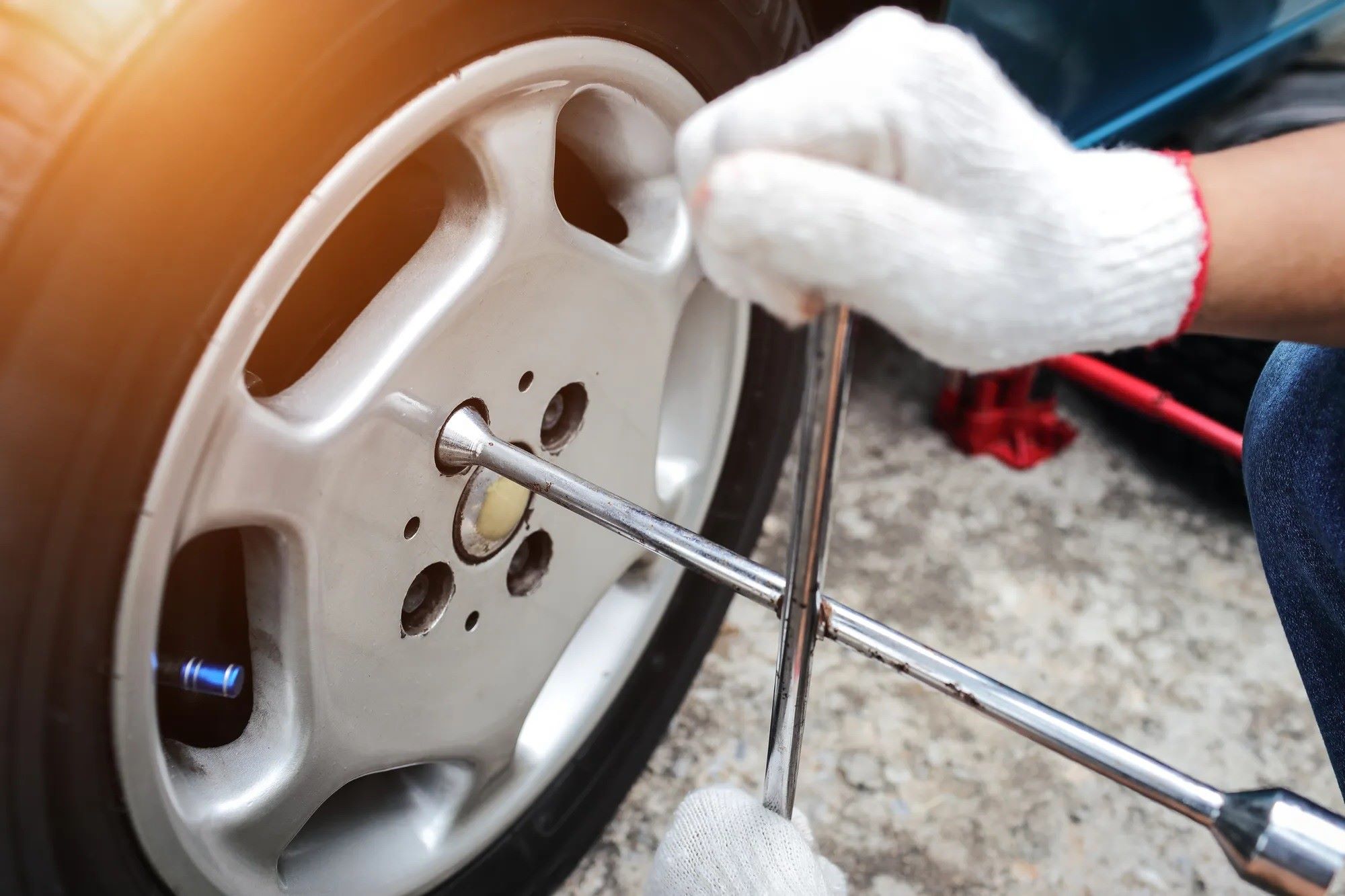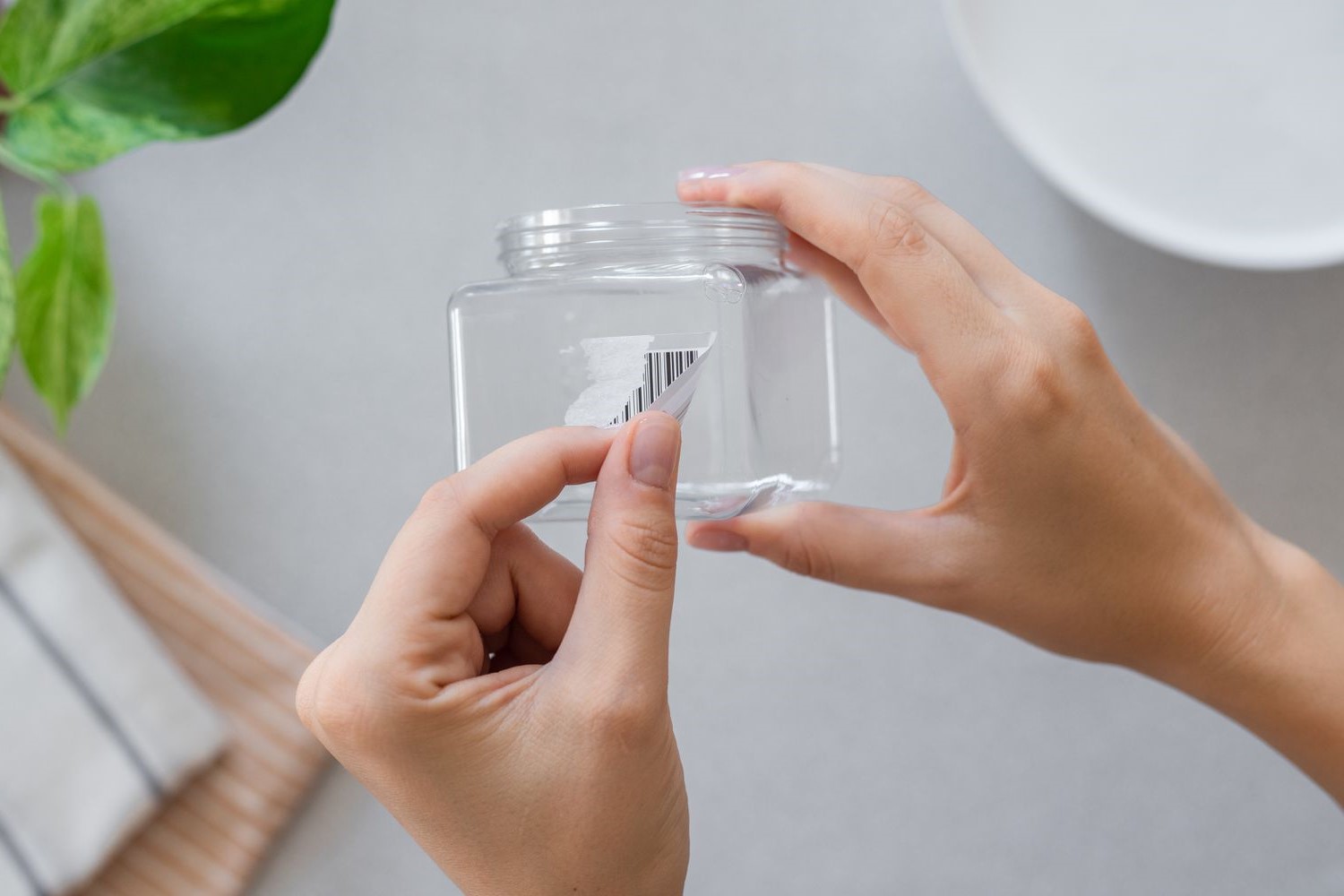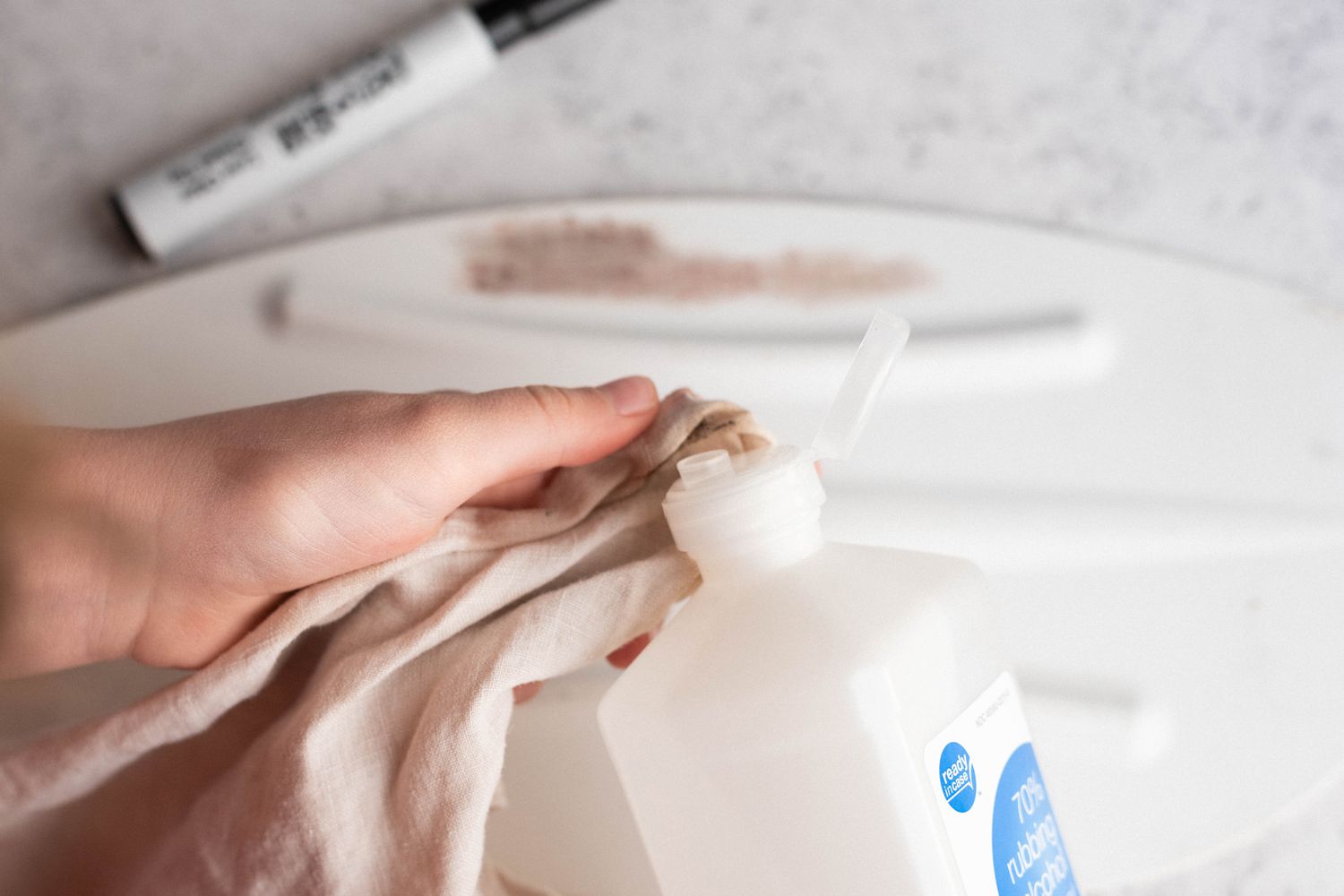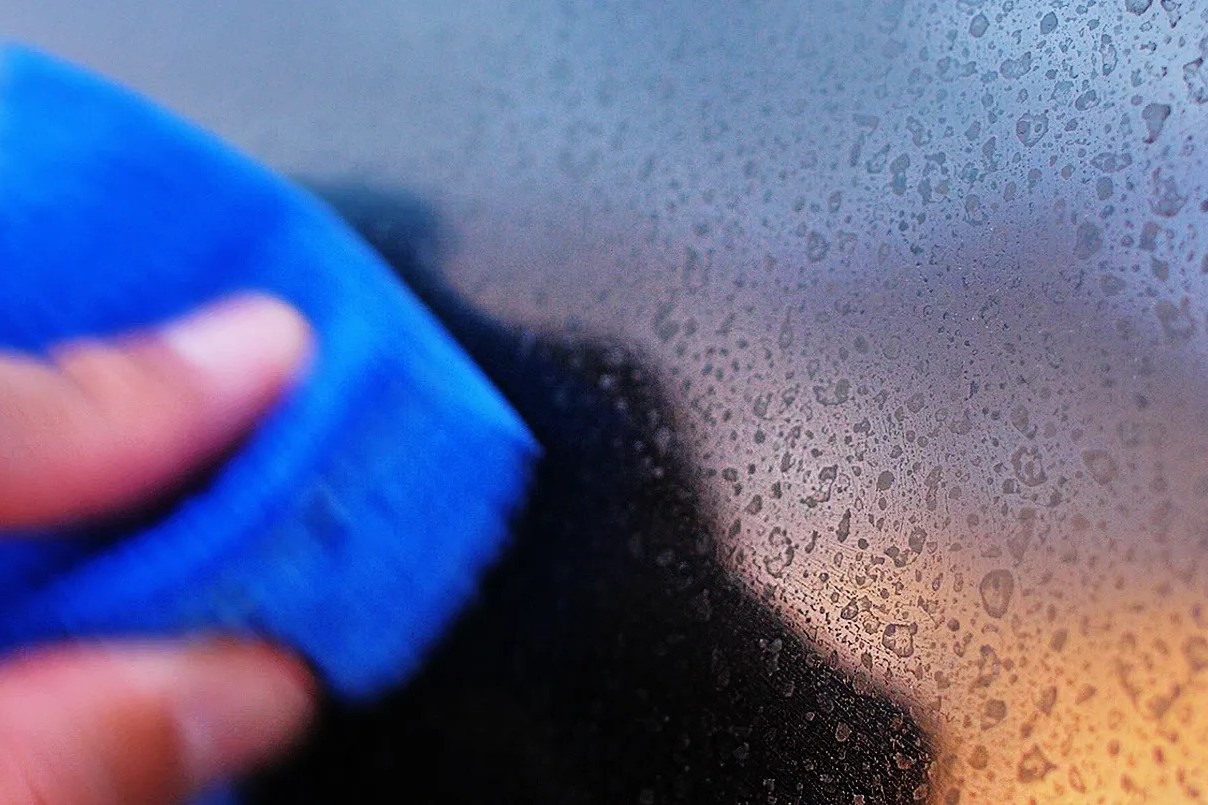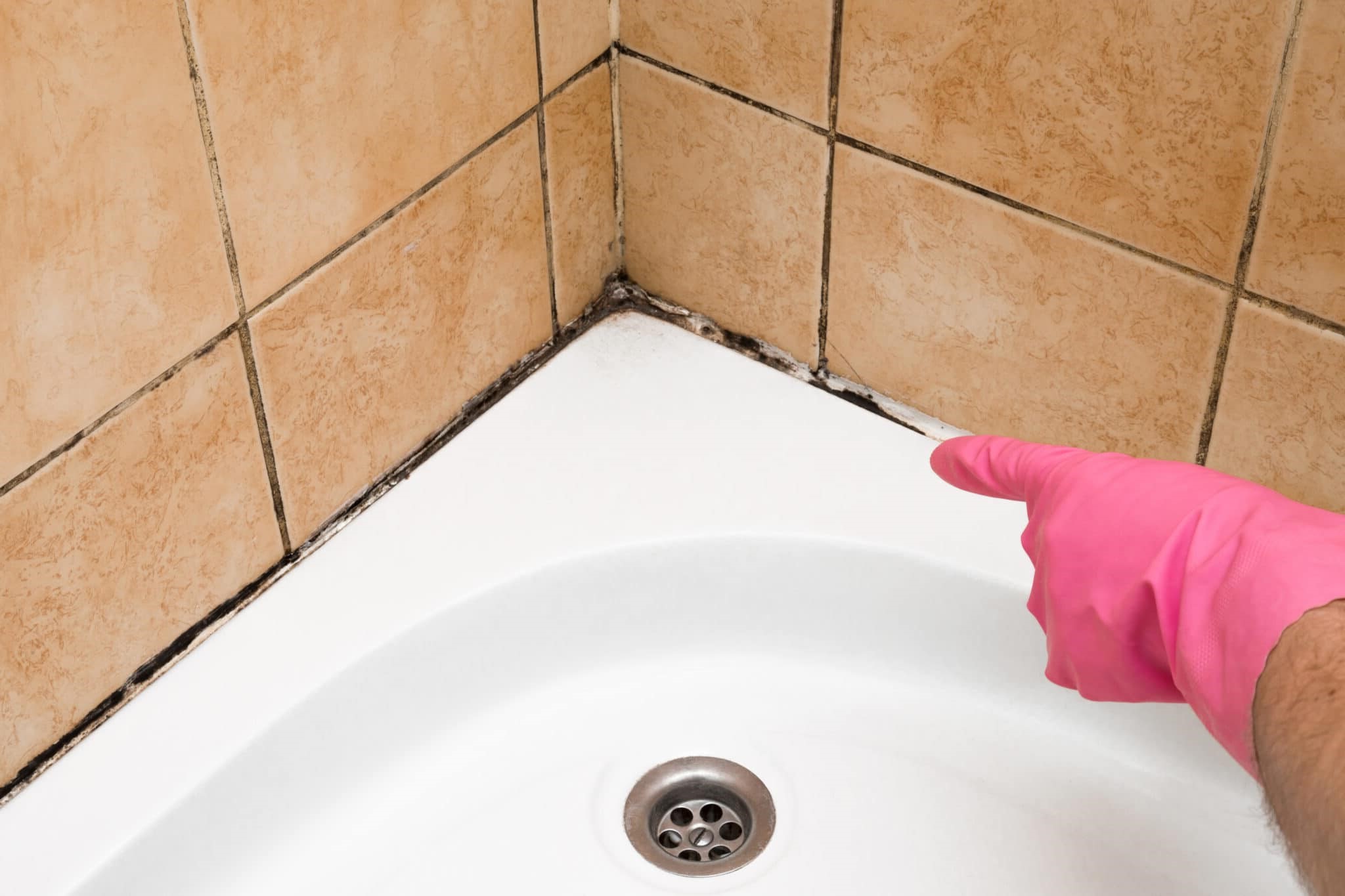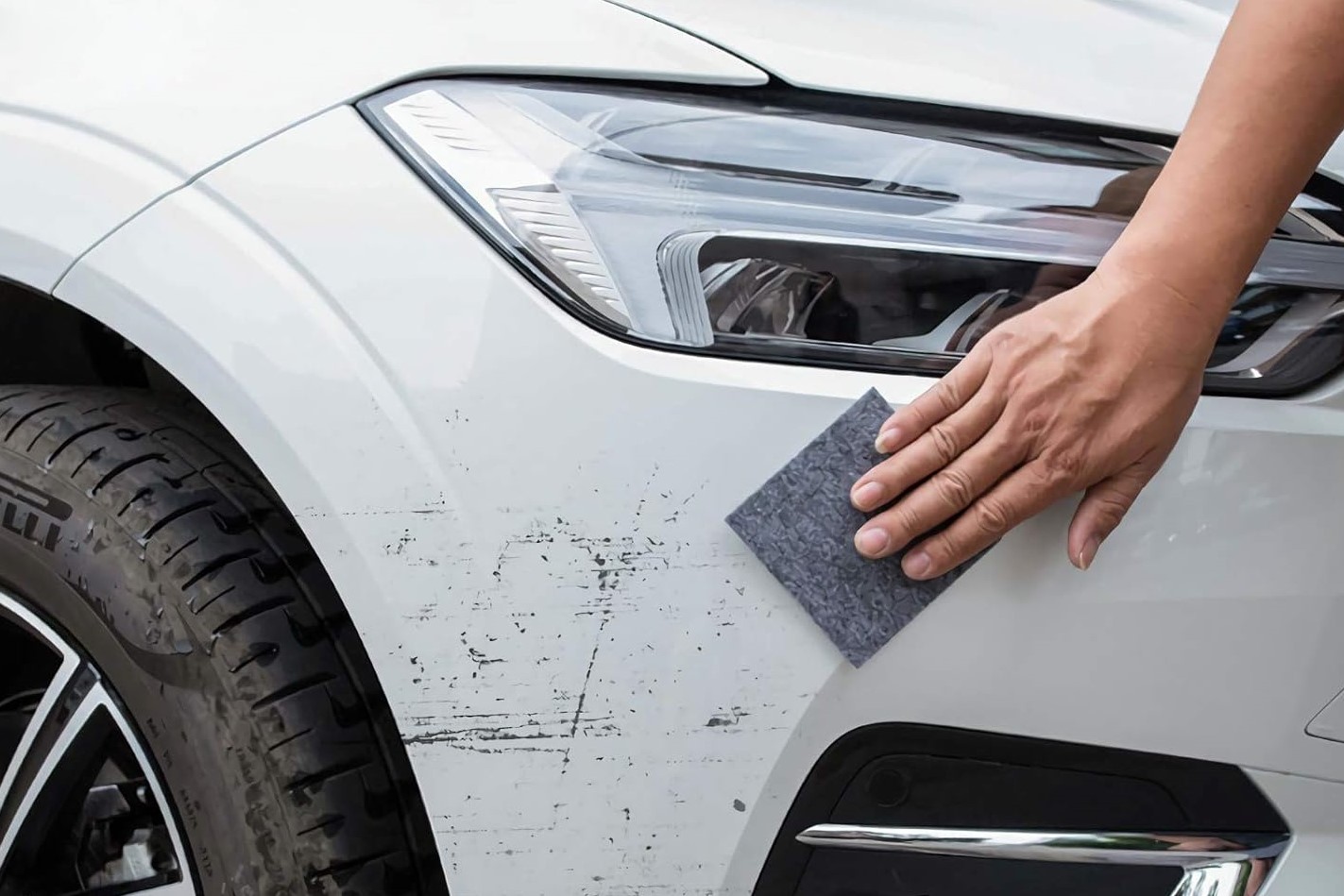Home>Home and Garden>How To Remove Static From Clothes


Home and Garden
How To Remove Static From Clothes
Published: March 6, 2024
Learn effective ways to remove static from clothes with simple home and garden solutions. Say goodbye to pesky static cling for good!
(Many of the links in this article redirect to a specific reviewed product. Your purchase of these products through affiliate links helps to generate commission for Noodls.com, at no extra cost. Learn more)
Table of Contents
Introduction
Static electricity can be a pesky nuisance, especially when it comes to our clothes. The crackling sound and the clingy nature of static-laden garments can be quite frustrating. Whether you're getting ready for a big meeting or a casual outing, dealing with static can put a damper on your day. But fear not, as there are effective ways to combat this common issue and restore your clothes to their smooth, static-free state.
In this comprehensive guide, we'll delve into the world of static electricity and explore various methods for banishing it from your wardrobe. From understanding the science behind static to practical tips for prevention and proven techniques for removing static from clothes, we've got you covered. Say goodbye to clingy skirts, crackling shirts, and pesky static once and for all.
Let's embark on a journey to unravel the mysteries of static electricity and discover the secrets to keeping your clothes free from its electrifying grip. Whether you're a seasoned laundry expert or a newcomer to the world of fabric care, this guide will equip you with the knowledge and techniques to conquer static and restore tranquility to your wardrobe. So, roll up your sleeves and get ready to bid adieu to staticky clothes as we embark on this enlightening adventure together.
Read more: How To Remove Rust From A Gun
Understanding Static Electricity
Static electricity is a fascinating yet perplexing phenomenon that affects various aspects of our daily lives, including our clothing. To comprehend how static electricity impacts our garments, it's essential to grasp the basic principles behind this intriguing force.
At its core, static electricity is the result of an imbalance of electric charges on the surface of an object. This occurs when certain materials gain or lose electrons, leading to an excess of positive or negative charges. When two objects with opposite charges come into contact or are in close proximity, they can create a noticeable static effect. In the context of clothing, this often manifests as garments sticking together, crackling sounds, and the pesky clinging of fabric to the skin.
The friction between different materials, such as cotton and synthetic fibers, is a common trigger for static buildup. When these materials rub against each other, electrons are transferred, leading to an electrical charge imbalance. Additionally, environmental factors, such as low humidity, can exacerbate static electricity, making it more prevalent during dry weather.
Understanding the science behind static electricity empowers us to tackle this issue effectively. By recognizing the factors that contribute to static buildup, we can implement targeted strategies to prevent and eliminate it from our clothing. With this knowledge in hand, we are better equipped to explore practical solutions and techniques for mitigating the impact of static electricity on our wardrobe.
As we delve deeper into the realm of static electricity, we gain valuable insights that enable us to approach the challenge of static-laden clothes with confidence and expertise. By unraveling the mysteries of static electricity, we pave the way for a more harmonious relationship with our garments, free from the disruptive influence of electrical imbalance.
Tips for Preventing Static
Preventing static electricity from wreaking havoc on your clothes involves a proactive approach that addresses the root causes of this electrifying nuisance. By implementing simple yet effective strategies, you can significantly reduce the likelihood of static buildup and keep your garments smooth and cling-free.
-
Fabric Softener: Incorporating a high-quality fabric softener into your laundry routine can work wonders in preventing static. These products help reduce friction between fibers, minimizing the potential for static electricity to accumulate. Opt for a fabric softener specifically formulated to combat static for optimal results.
-
Humidifier: Maintaining an optimal level of indoor humidity can make a notable difference in preventing static. During dry weather, using a humidifier in your home can introduce moisture into the air, reducing the likelihood of static buildup on your clothes. Aim for a relative humidity level of around 40-50% to create a more static-resistant environment.
-
Natural Fiber Clothing: When possible, choose clothing made from natural fibers such as cotton, wool, or silk. These materials are less prone to static buildup compared to synthetic fabrics. By prioritizing natural fibers in your wardrobe, you can minimize the occurrence of static-related issues.
-
Damp Towel in Dryer: When drying your clothes in the dryer, consider adding a damp towel to the load. The moisture from the towel can help reduce static electricity, leaving your garments with a smoother finish. This simple yet effective technique can be particularly beneficial for combating static during the drying process.
-
Anti-Static Spray: Investing in an anti-static spray designed for clothing can provide an additional layer of defense against static buildup. These sprays work by neutralizing the electrical charge on fabrics, making them less susceptible to static cling. Keep a bottle of anti-static spray on hand for quick touch-ups when static strikes.
-
Proper Storage: How you store your clothes can also impact static buildup. Opt for breathable storage options such as cotton garment bags or wooden hangers, which allow air circulation and reduce the likelihood of static accumulation. Avoid plastic hangers and airtight storage containers, as they can contribute to static electricity.
By incorporating these preventive measures into your clothing care routine, you can minimize the impact of static electricity and enjoy garments that remain smooth, comfortable, and free from the disruptive effects of static cling. With a proactive approach to static prevention, you can maintain a harmonious relationship with your wardrobe, free from the electrifying grip of static electricity.
Methods for Removing Static from Clothes
Dealing with static-laden clothes can be a frustrating experience, but fear not, as there are several effective methods for banishing static and restoring your garments to a smooth, cling-free state. Whether you're preparing for a special occasion or simply aiming for everyday comfort, these proven techniques offer practical solutions for combating static electricity and rejuvenating your wardrobe.
1. Fabric Softener or Dryer Sheets
Incorporating fabric softener into your laundry routine can work wonders in combating static. When washing your clothes, adding a high-quality fabric softener to the rinse cycle helps reduce friction between fibers, minimizing the potential for static buildup. Alternatively, using dryer sheets in the dryer can achieve a similar effect, leaving your garments with a silky, static-free finish.
Read more: How To Remove Skin From Salmon
2. Moisture-Rich Techniques
Introducing moisture to your clothes can effectively combat static electricity. One simple method involves lightly misting your garments with water using a spray bottle. The moisture helps neutralize the electrical charge, reducing static cling. Additionally, utilizing a handheld steamer to gently steam your clothes can introduce moisture and eliminate static, leaving your garments refreshed and free from clinginess.
3. Aluminum Foil
Surprisingly, aluminum foil can serve as a handy tool for removing static from clothes. By placing a ball of aluminum foil in the dryer with your laundry, you can effectively combat static buildup. The foil helps dissipate the electrical charge, preventing static cling and leaving your clothes smooth and static-free.
4. Anti-Static Spray
Investing in an anti-static spray specifically designed for clothing can provide a quick and convenient solution for combating static. Keep a bottle of anti-static spray on hand for touch-ups when static strikes. Simply spritz the affected areas of your garments and gently smooth the fabric to neutralize the electrical charge, effectively banishing static cling.
5. Hand Lotion or Hair Spray
In a pinch, everyday household items such as hand lotion or hair spray can be used to combat static on clothes. Applying a small amount of hand lotion to your hands and then gently smoothing it over the static-laden areas of your garments can help reduce static cling. Similarly, lightly misting a small amount of hair spray onto the fabric and then smoothing it out can provide a temporary fix for static issues.
Read more: How To Remove Mold From Leather
6. Vinegar Solution
A solution of water and vinegar can serve as a natural remedy for removing static from clothes. Mixing equal parts of water and white vinegar in a spray bottle and lightly misting your garments can help eliminate static electricity. The vinegar's acidic properties work to neutralize the electrical charge, leaving your clothes free from static cling.
By incorporating these effective methods into your garment care routine, you can confidently combat static electricity and restore your clothes to a smooth, static-free state. Whether you opt for fabric softener, moisture-rich techniques, household items, or specialized anti-static products, these proven methods offer versatile solutions for banishing static and revitalizing your wardrobe. Say goodbye to clingy, crackling clothes and embrace a wardrobe that exudes comfort and confidence.
Conclusion
In the realm of garment care, the battle against static electricity is a common yet conquerable challenge. As we conclude our exploration of static removal from clothes, it's evident that a harmonious relationship with our wardrobe is within reach. By understanding the science behind static electricity and implementing targeted strategies for prevention and removal, we can reclaim tranquility and comfort in our clothing.
From the fundamental principles of static electricity to the practical tips for prevention and the diverse methods for banishing static from clothes, we've embarked on a journey of empowerment and enlightenment. The crackling, clingy nature of static-laden garments no longer holds sway over our wardrobe, thanks to the arsenal of techniques at our disposal.
By embracing the use of fabric softeners, dryer sheets, and anti-static sprays, we can infuse our laundry routine with the power to combat static effectively. The introduction of moisture-rich techniques, aluminum foil, and everyday household items such as hand lotion and vinegar further expands our repertoire of static-fighting tools. These versatile methods offer a diverse array of solutions, ensuring that static cling becomes a mere memory of the past.
As we bid adieu to the disruptive influence of static electricity, we pave the way for a wardrobe that embodies comfort, confidence, and tranquility. Whether it's a special occasion or a casual day, our clothes stand as a testament to our mastery over static, exuding a smooth, static-free allure that enhances our everyday experiences.
In closing, let us carry forth this newfound knowledge and approach the challenge of static electricity with unwavering confidence. By incorporating these proven techniques into our clothing care routine, we can embrace a future where static cling holds no power over our garments. With each smooth, crackle-free fabric, we celebrate the triumph over static and revel in the comfort and ease it brings to our lives.
As we part ways, armed with the wisdom and techniques to combat static, let us embark on a future where our clothes remain free from the electrifying grip of static electricity. Here's to a wardrobe that exudes tranquility, comfort, and a resounding victory over static cling.


